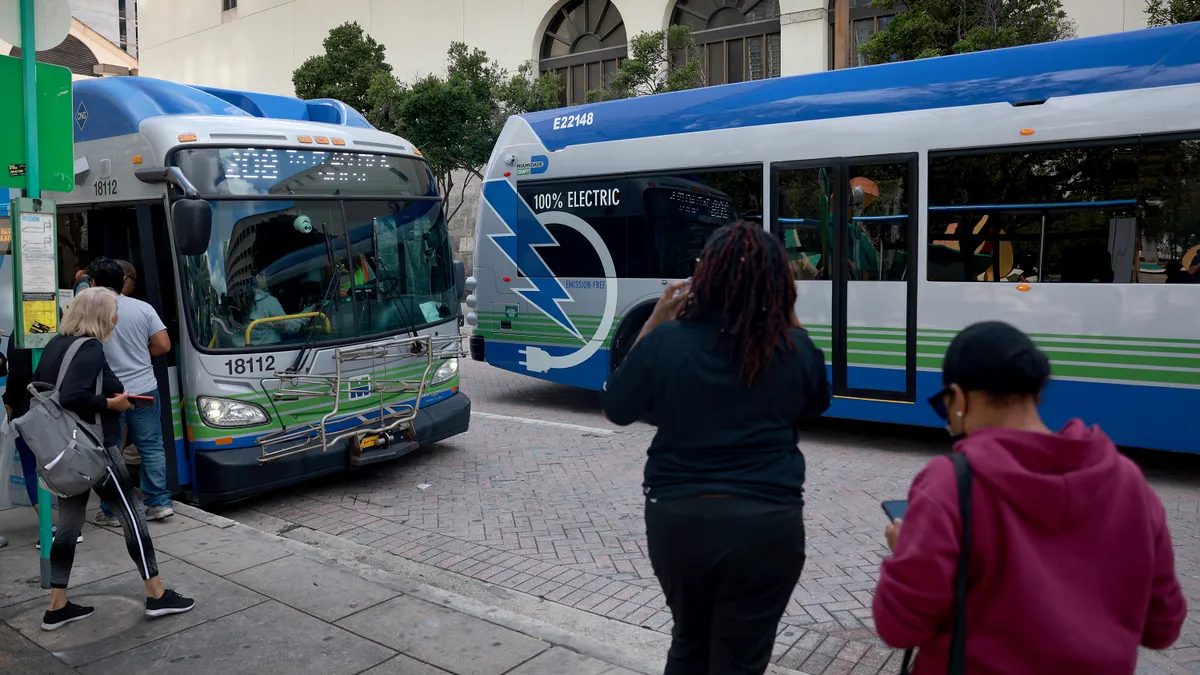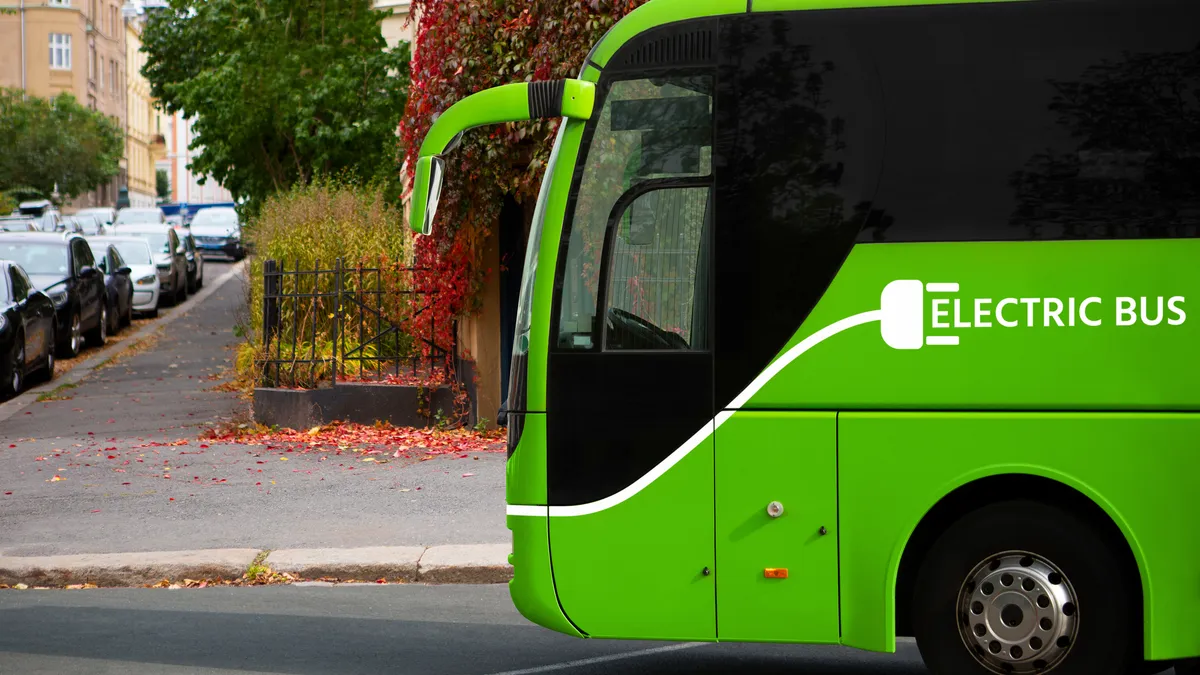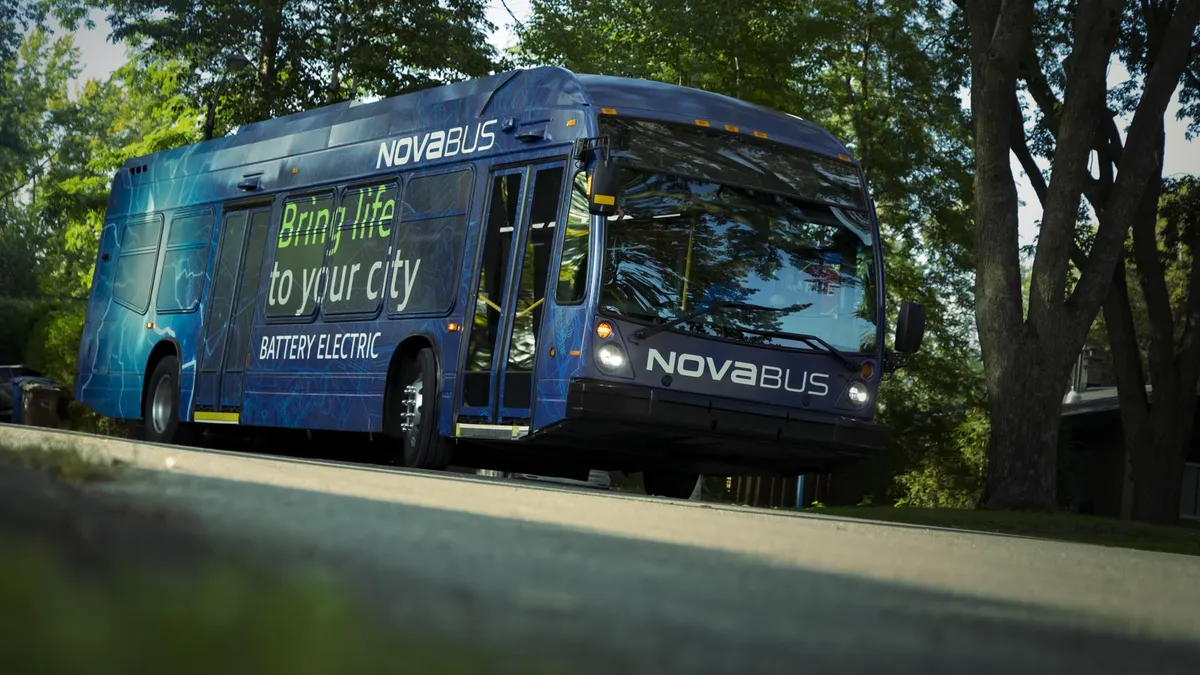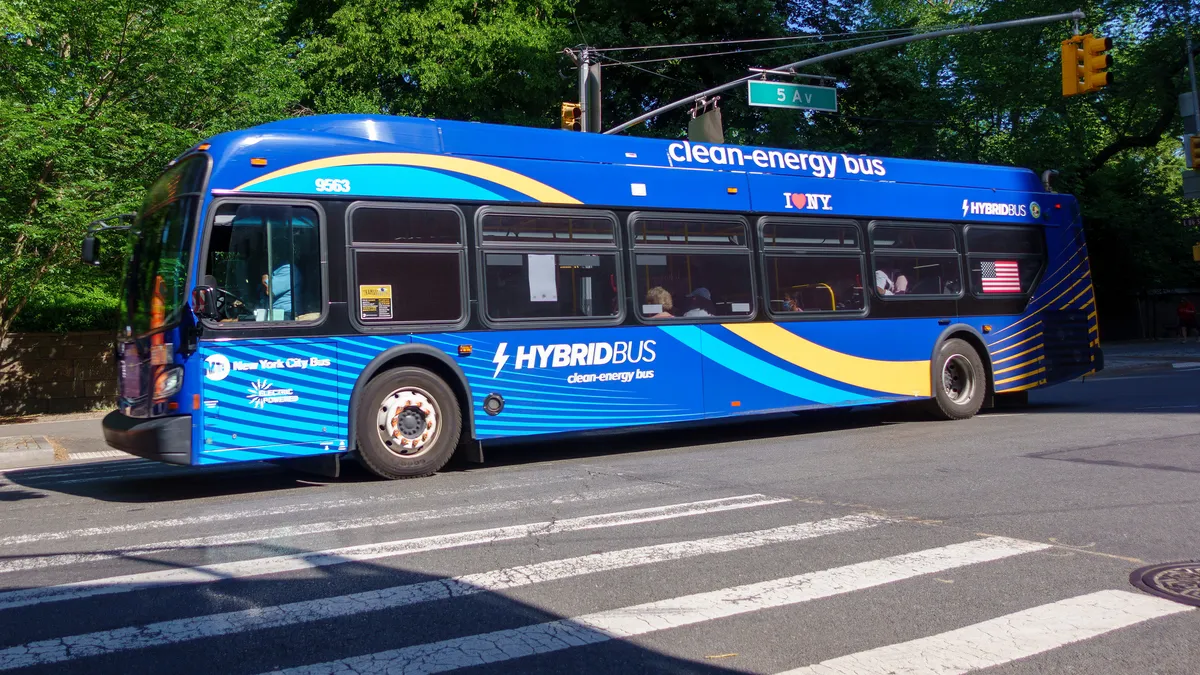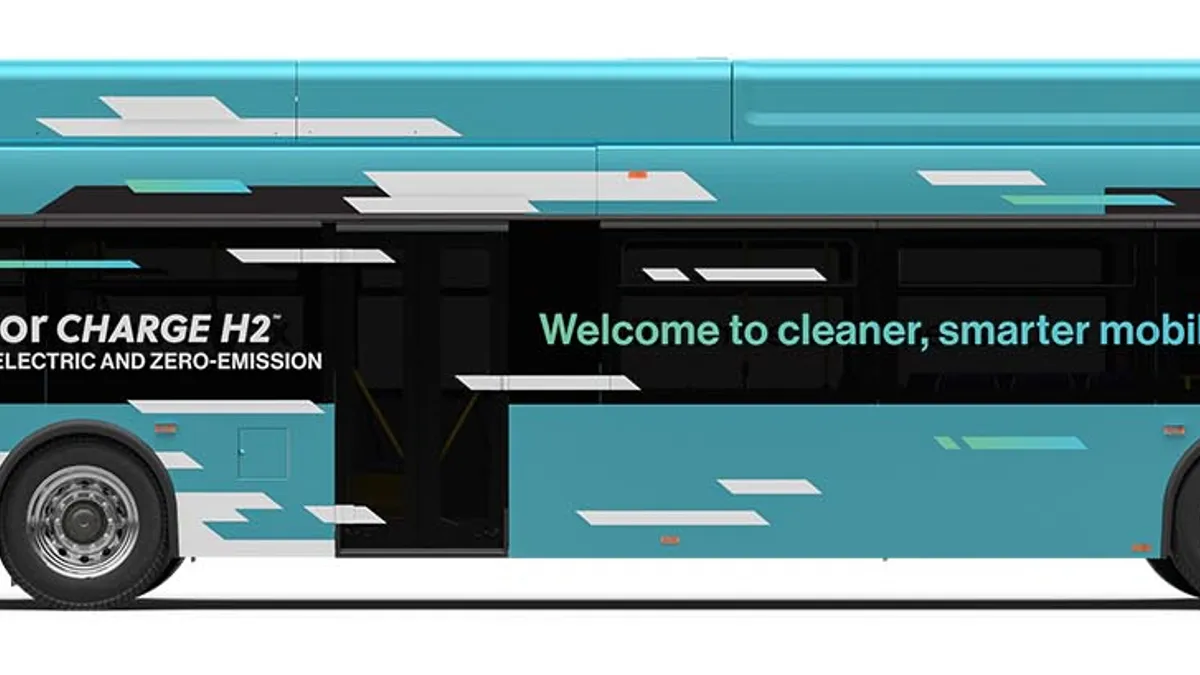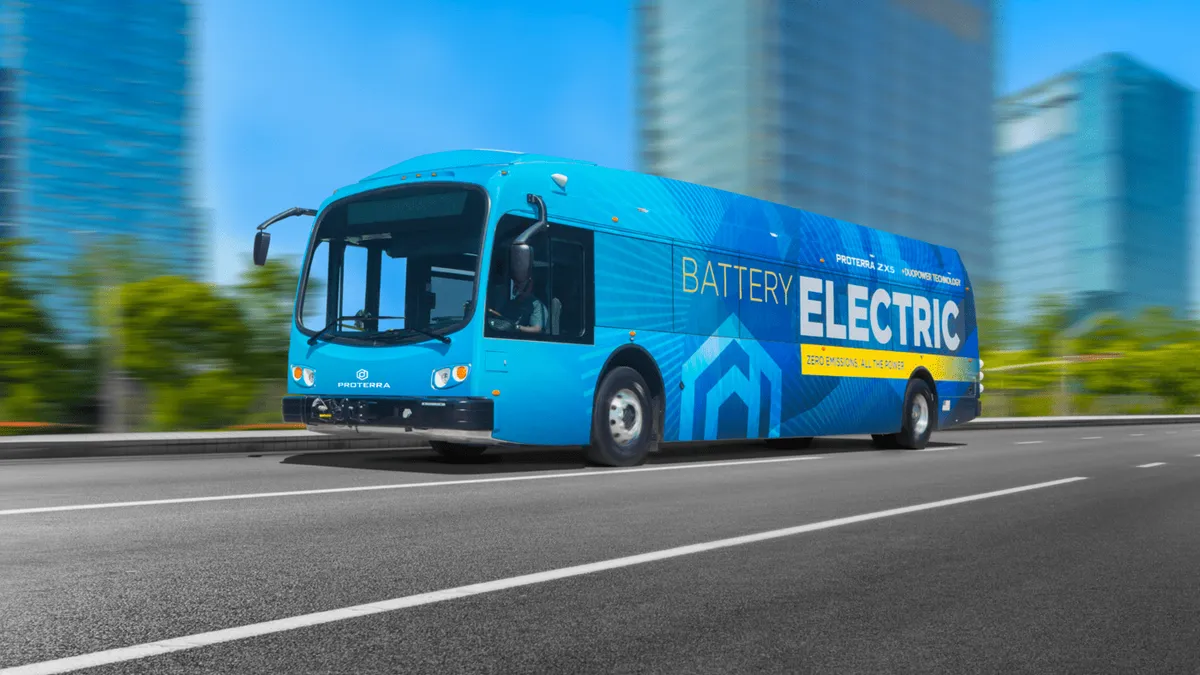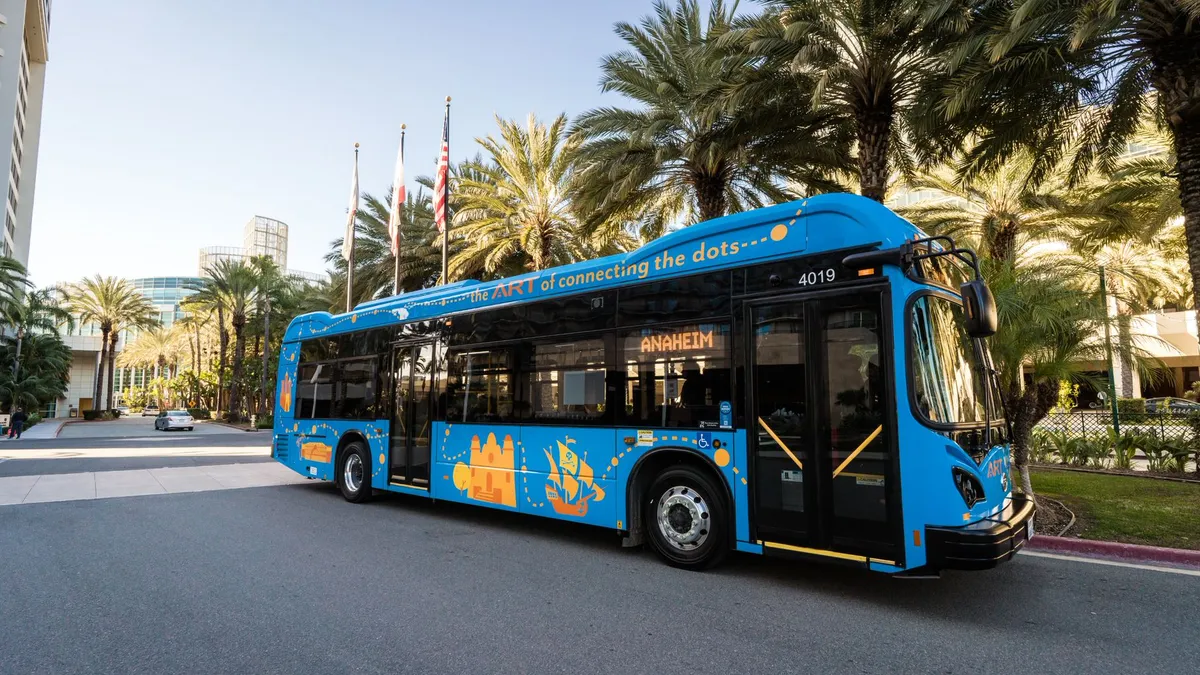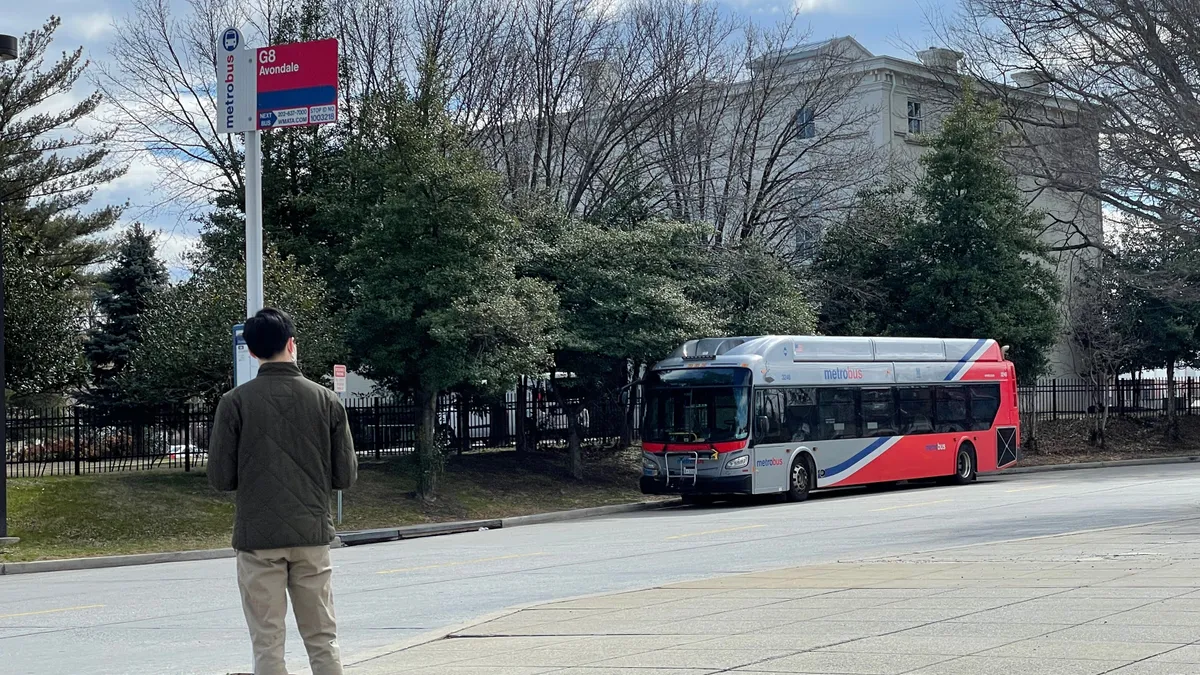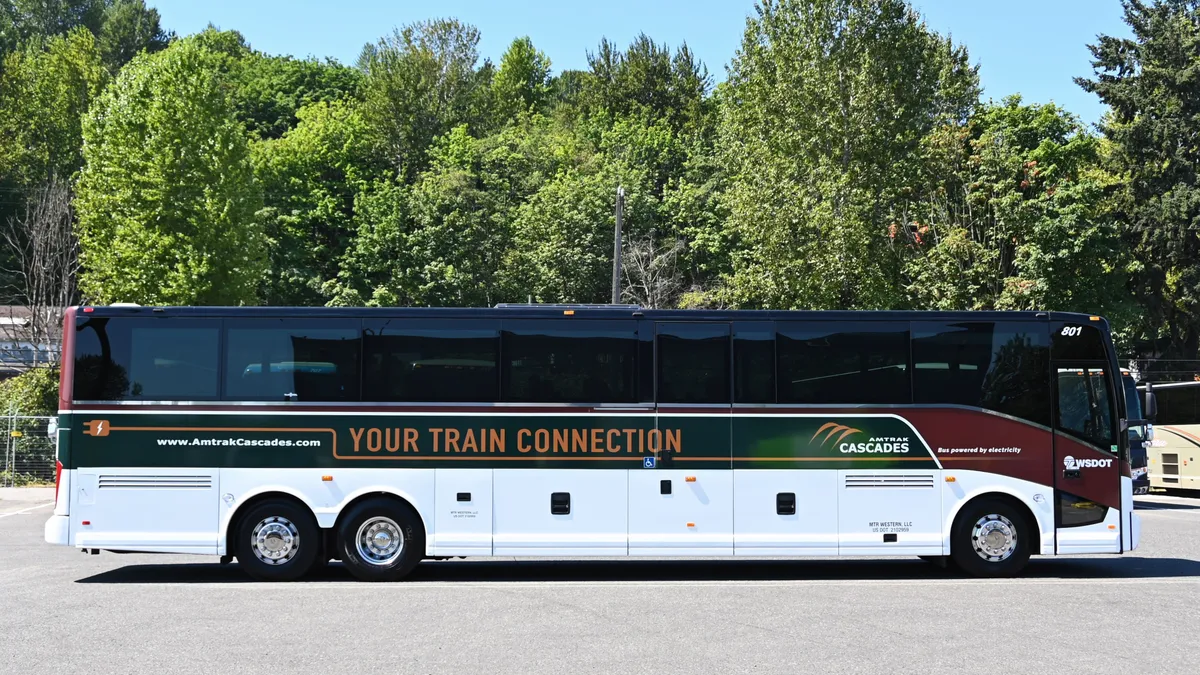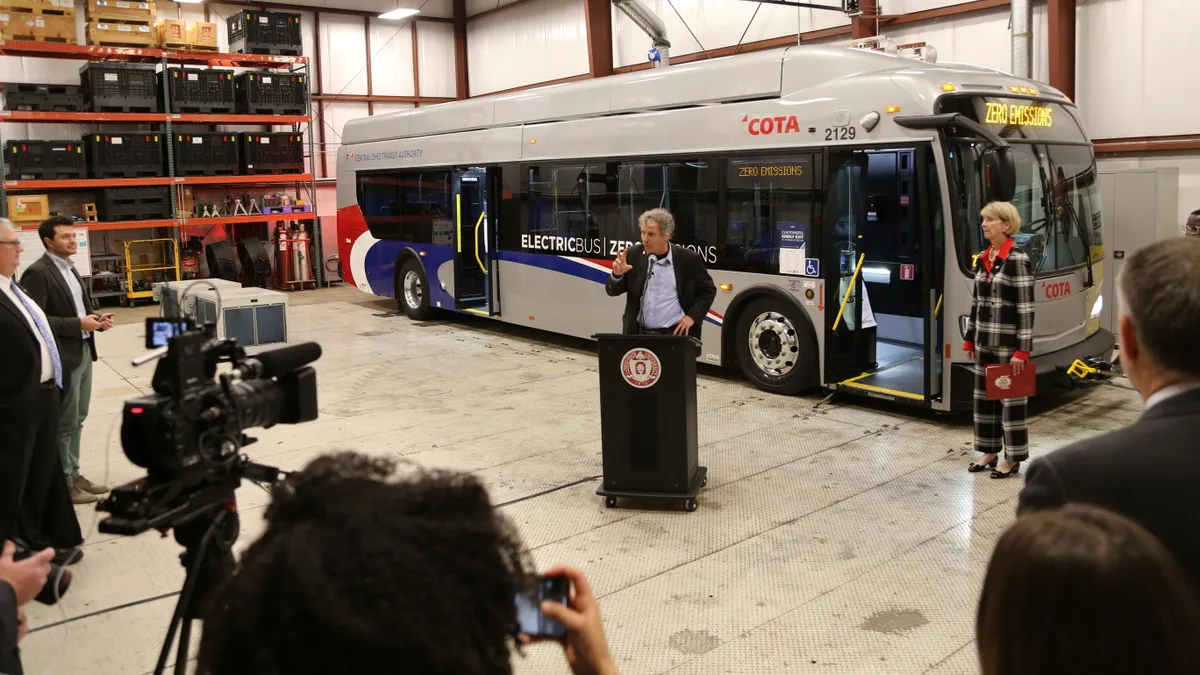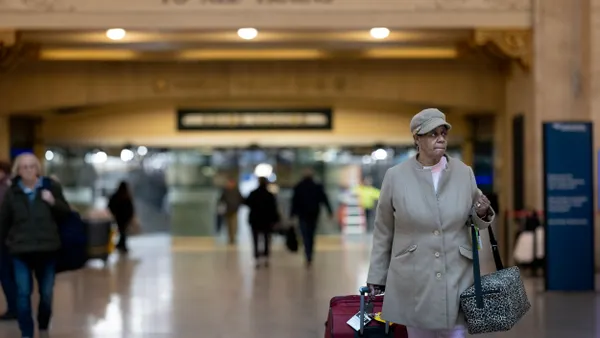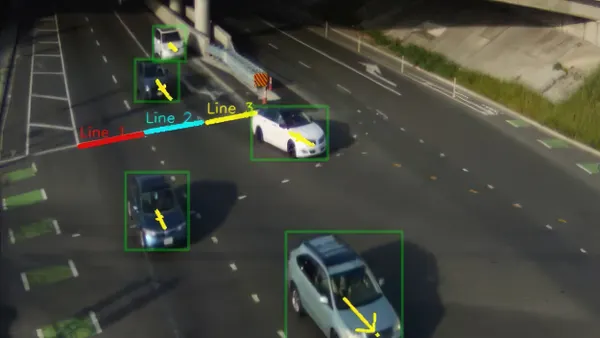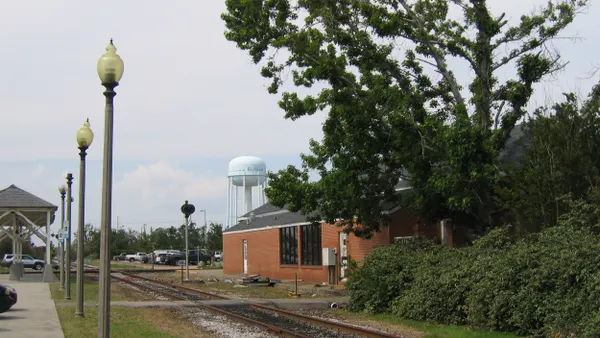Electric and other zero-emission buses are having their day in the sun, but the rapid growth in demand isn’t always smooth sailing for manufacturers.
In 2022, the number of full-size, zero-emission transit buses on the road, on order or funded grew 66% year over year, according to Calstart, a national clean transportation advocacy nonprofit. Federal Transit Administration grants awarded in June 2023 will help transit agencies purchase 1,700 transit buses, nearly half of which will be zero-emission vehicles, the agency said.
In August, however, Proterra — one of the key manufacturers of electric transit buses — declared Chapter 11 bankruptcy. On Nov. 13 it agreed to sell its transit bus business to Phoenix Motor, an electrification provider for medium-duty vehicles, subject to court approval. Another manufacturer underwent a $444 million refinancing this year, while a third said it would pull out of the U.S. market and close its upstate New York plant by 2025.
Despite those challenges for bus manufacturers, many transit agencies remain committed to electrifying some or all of their fleets. Even Amtrak, the national passenger railroad, has hopped on the bandwagon, launching its first electric bus route to complement train schedules between Seattle and Bellingham, Washington.
Here are 10 stories from Smart Cities Dive that chronicle the ups and downs of bus electrification.



